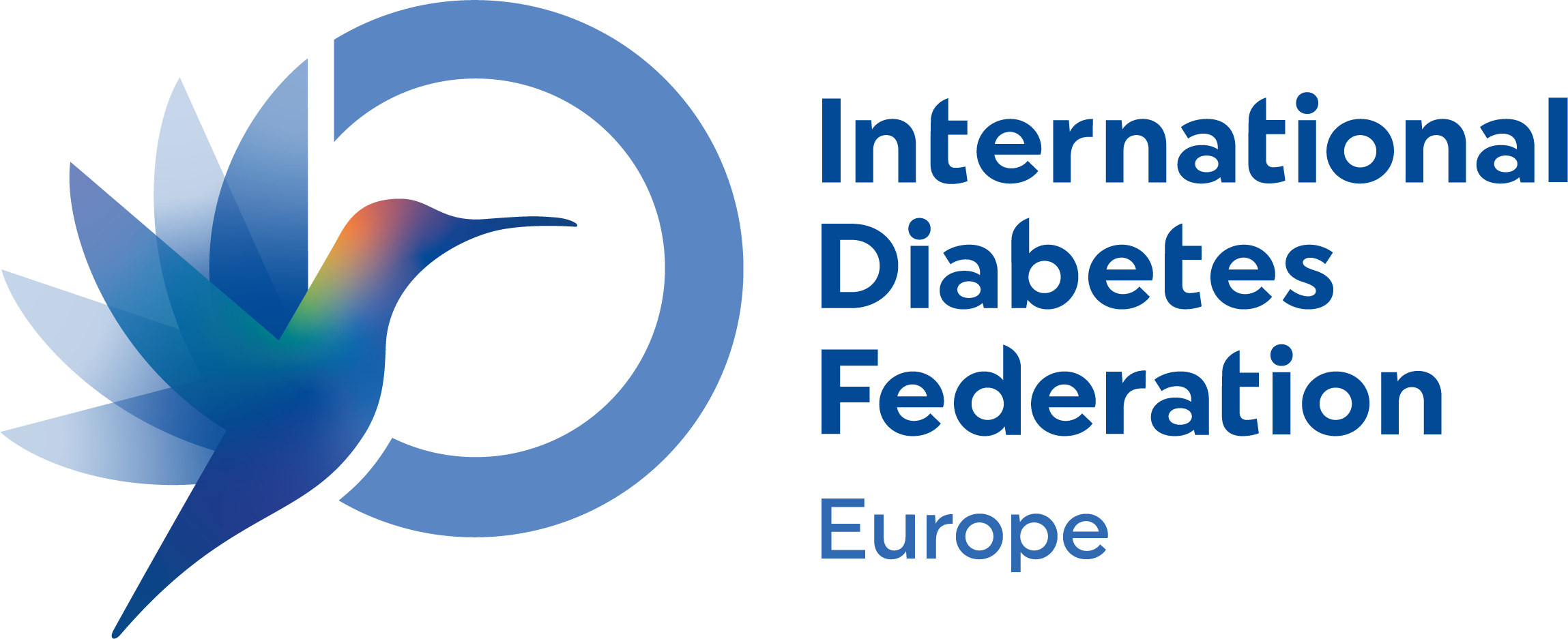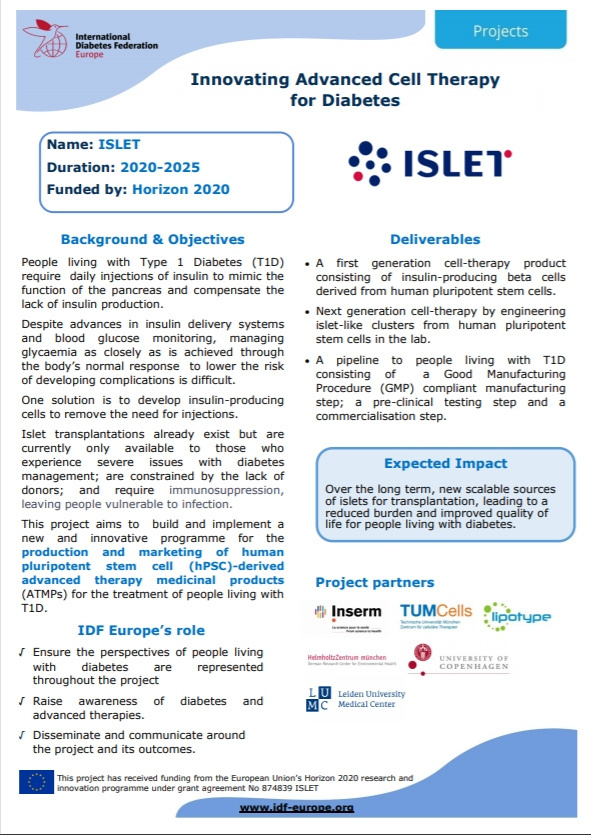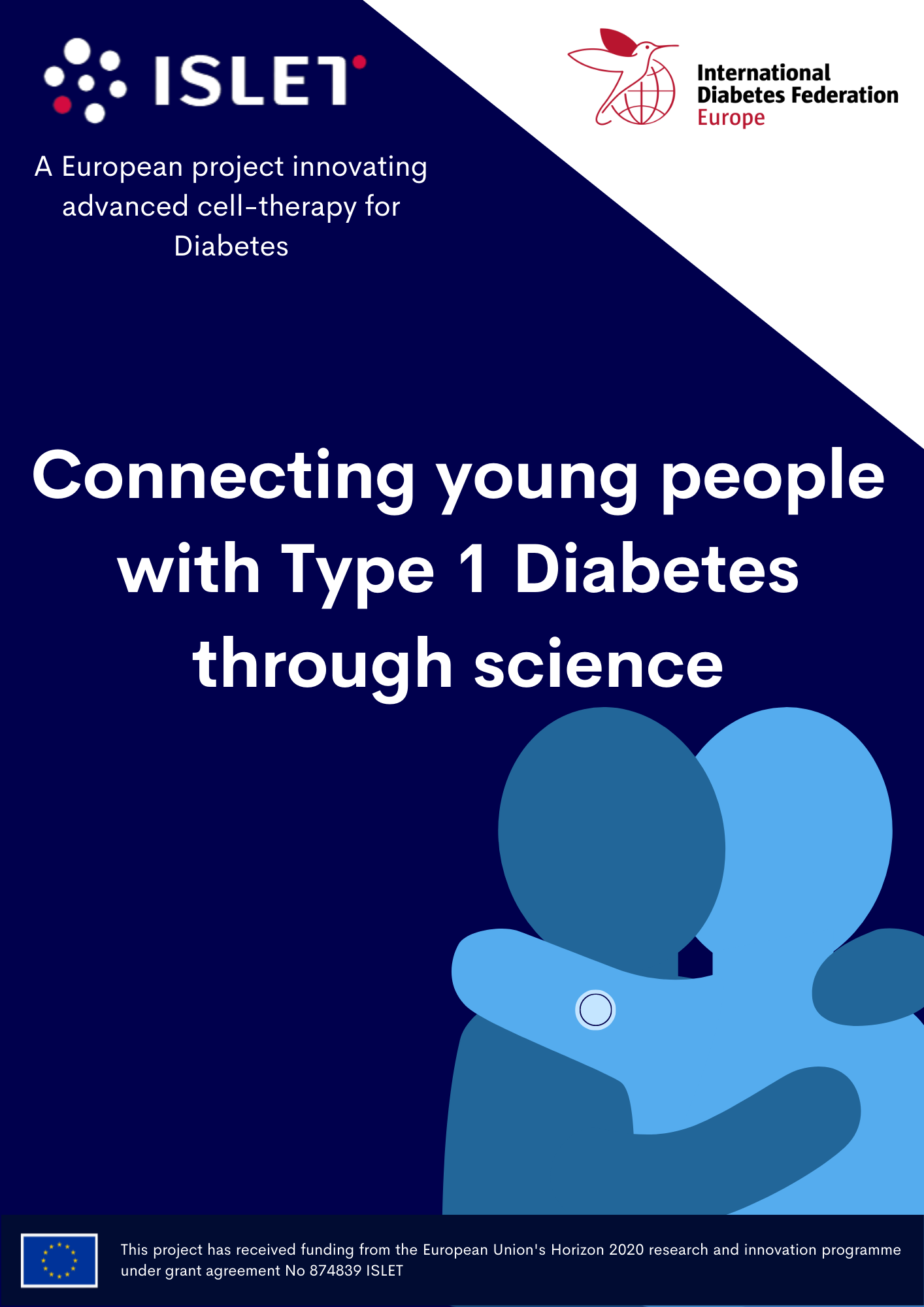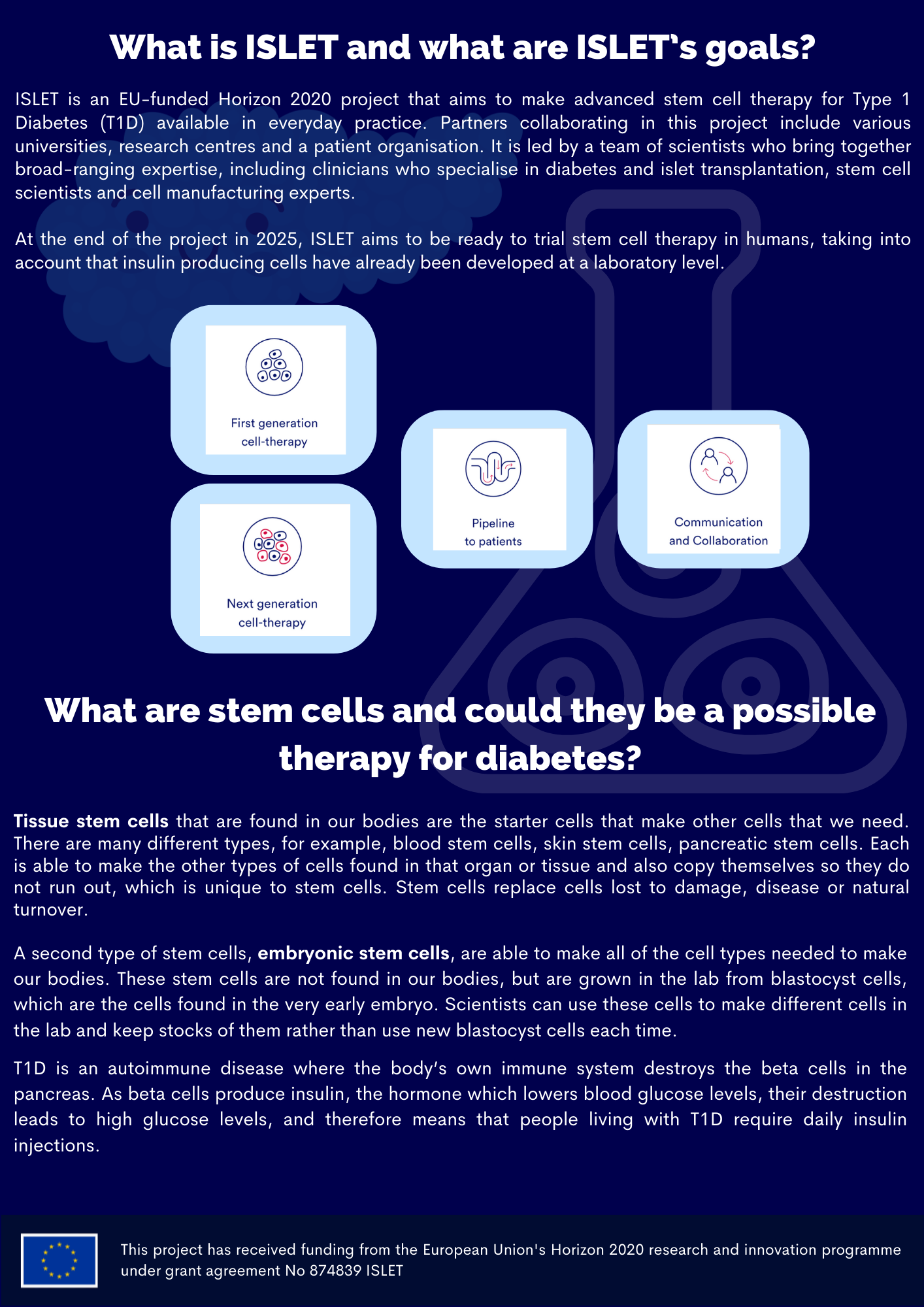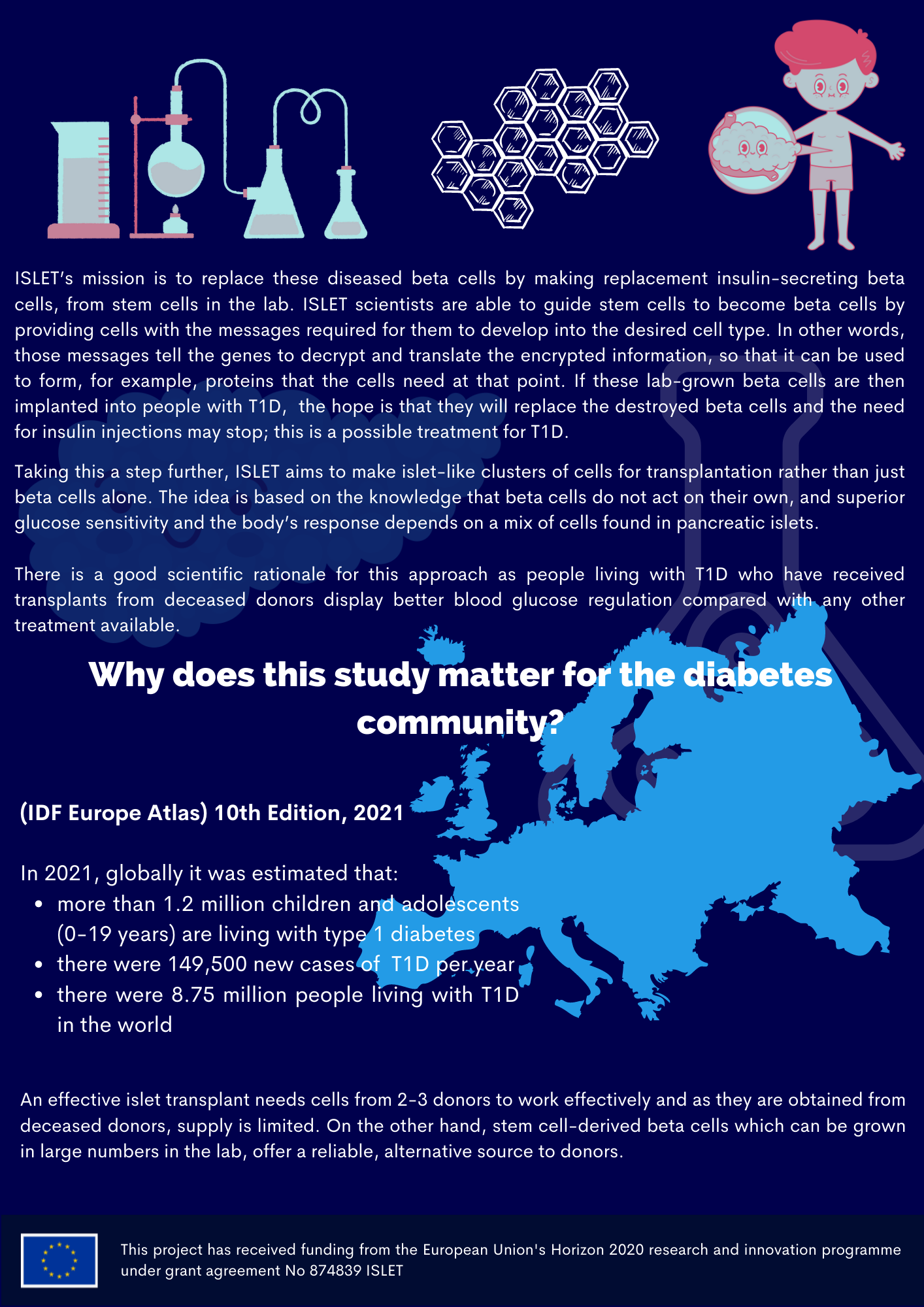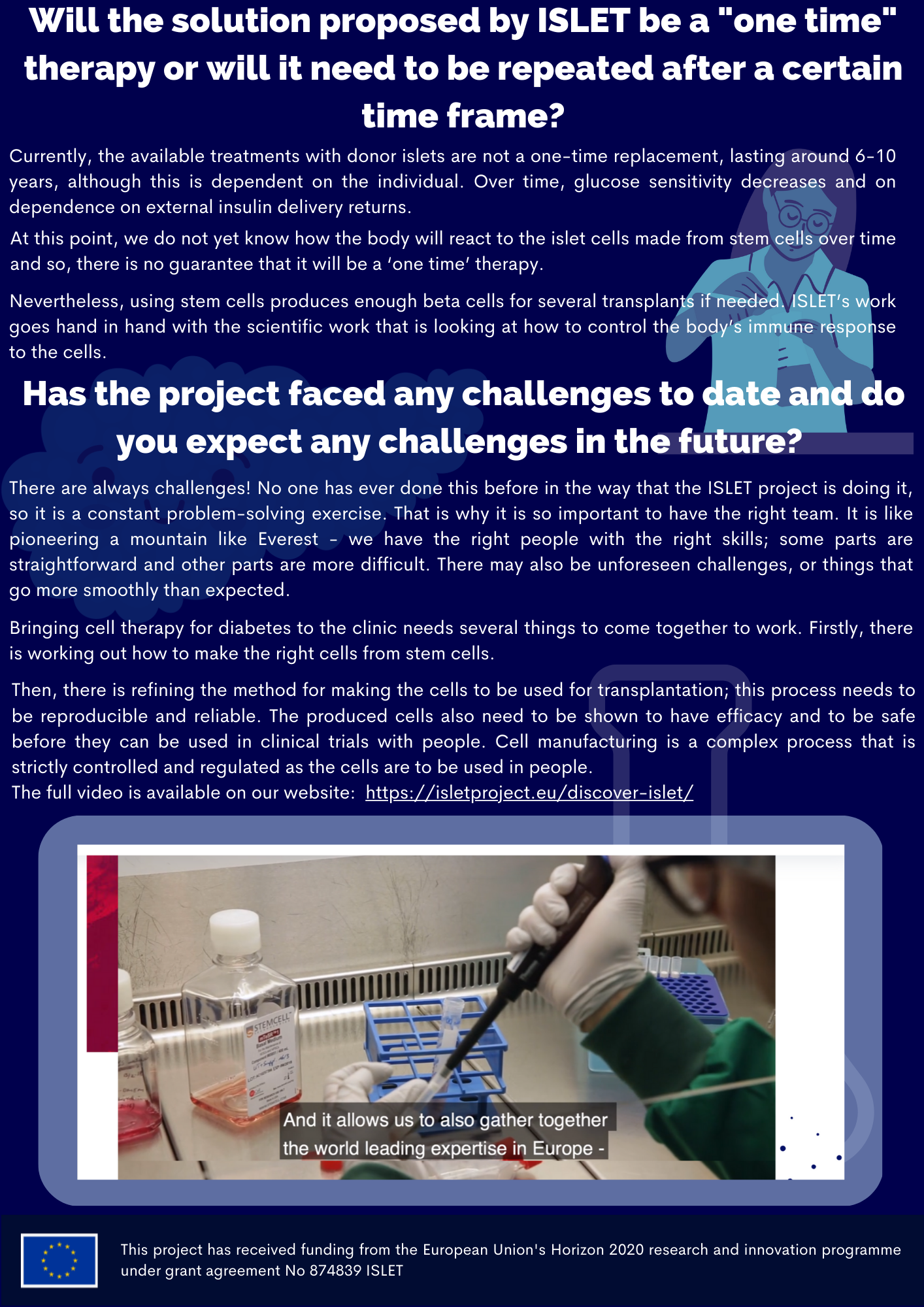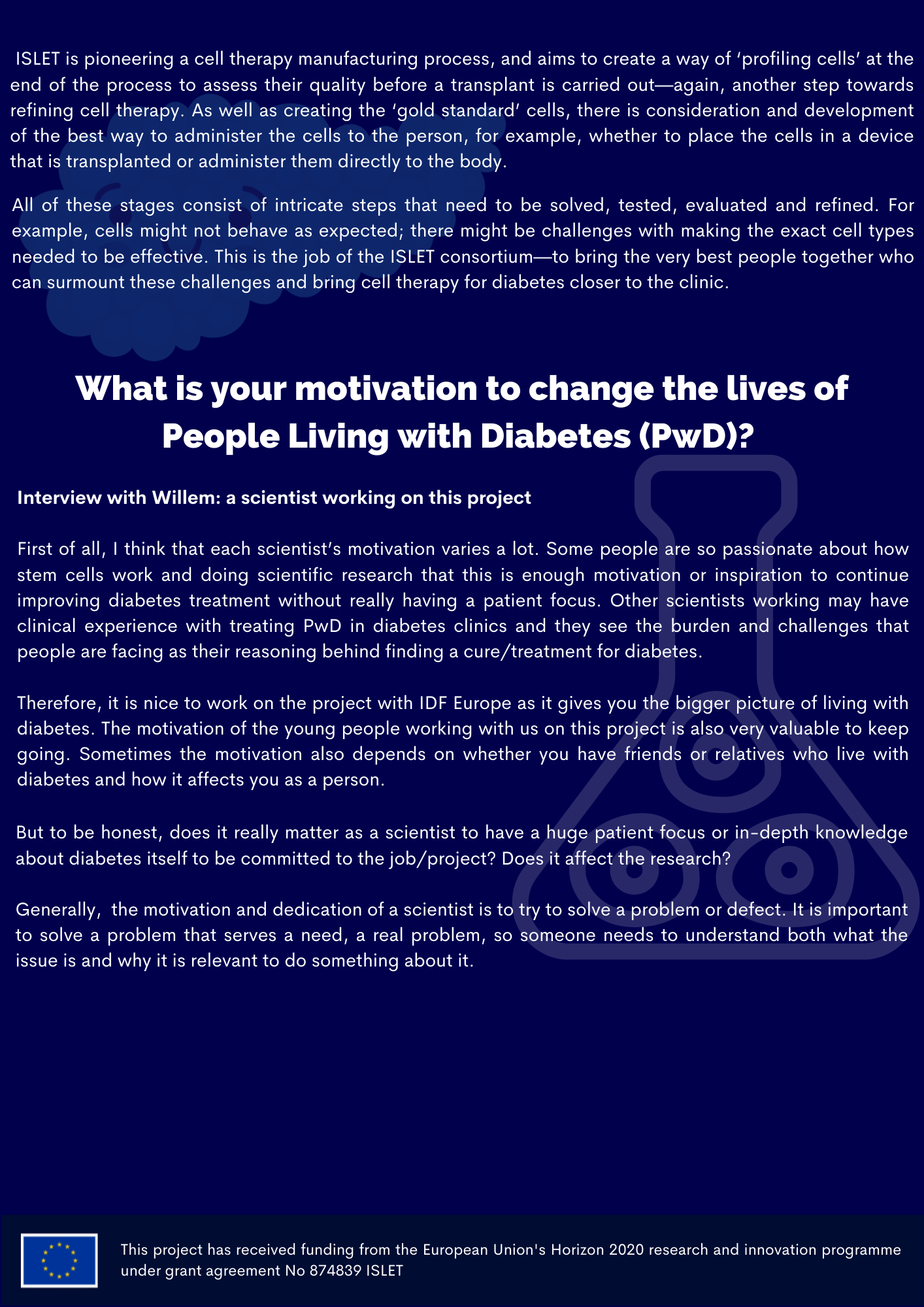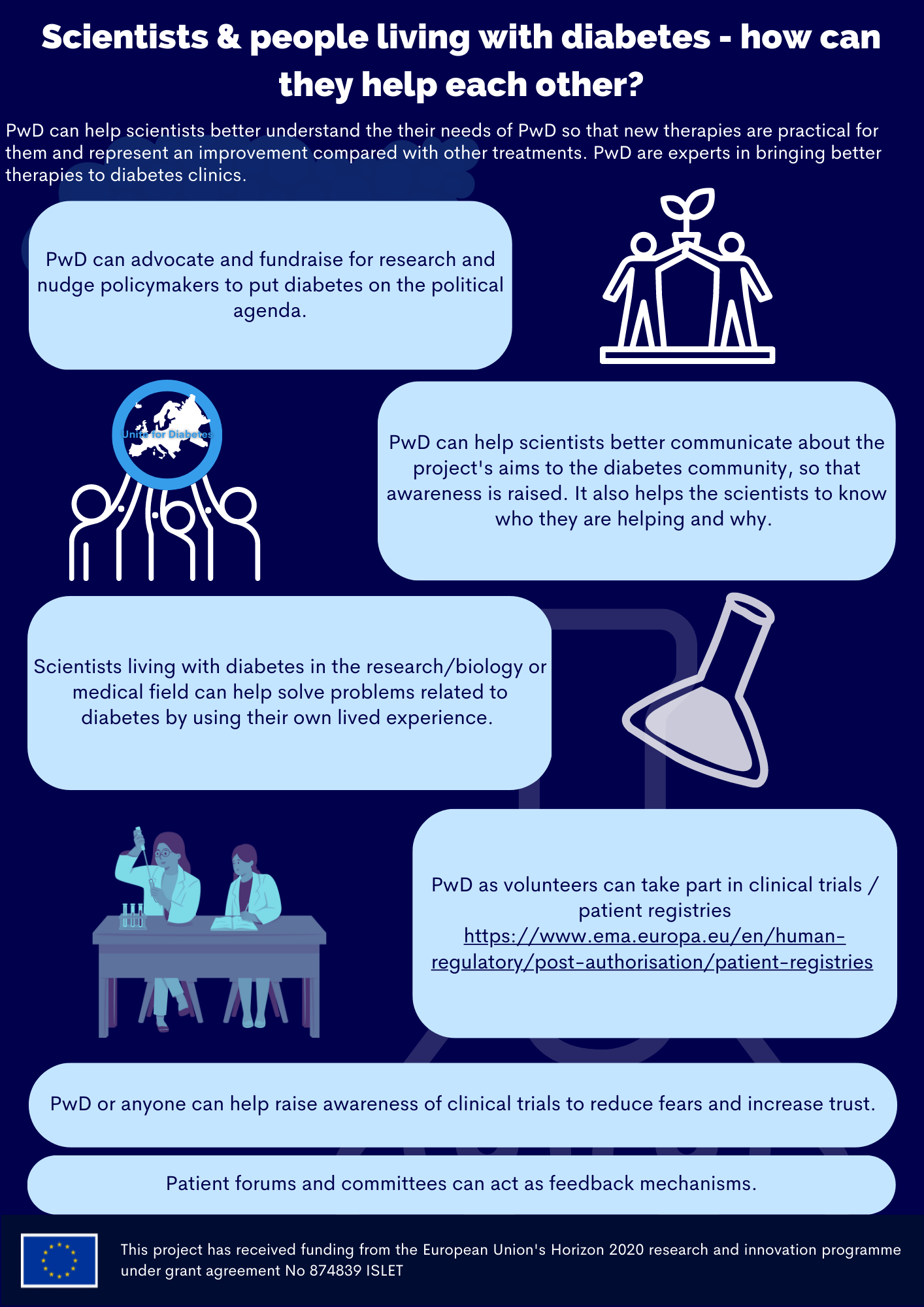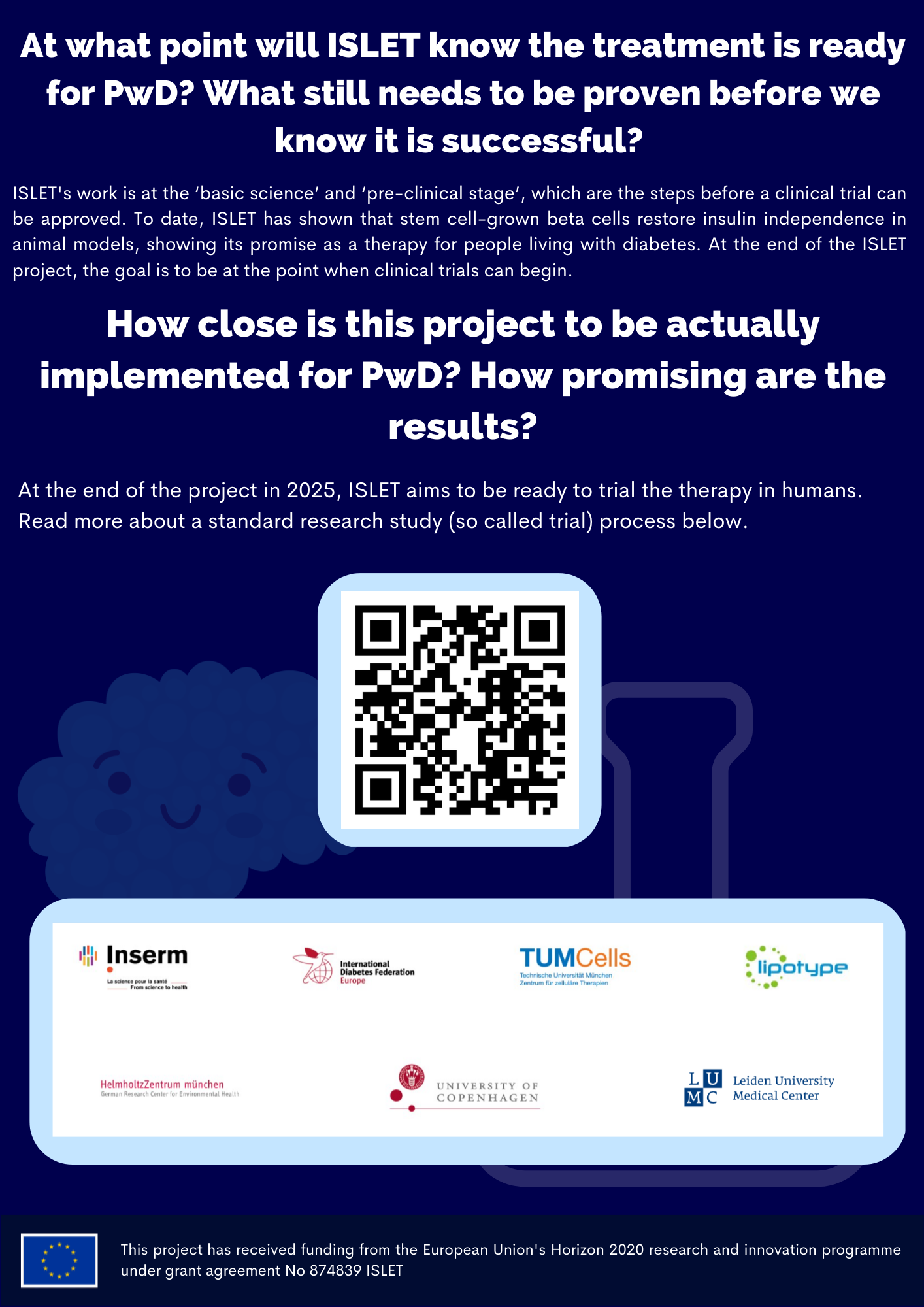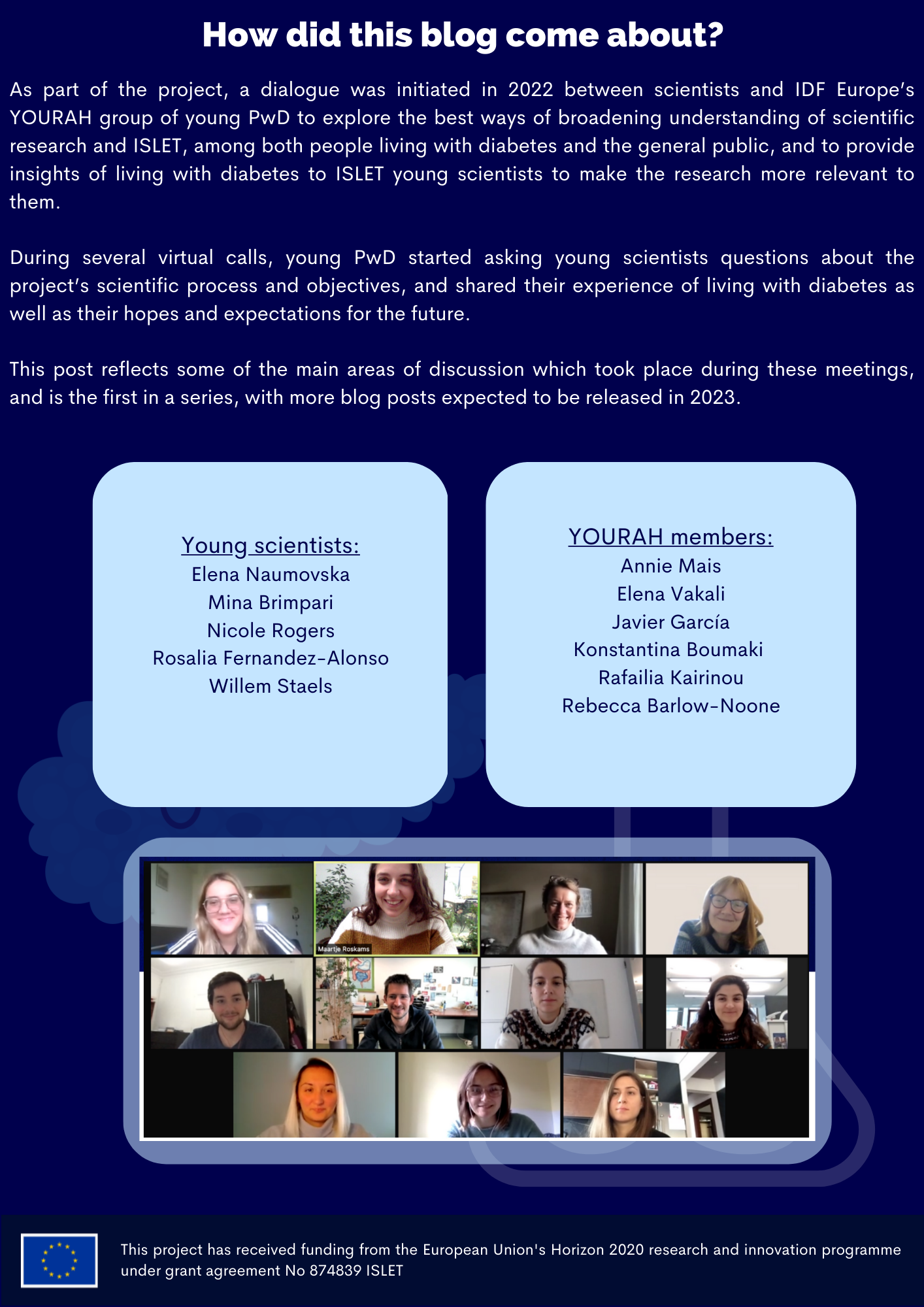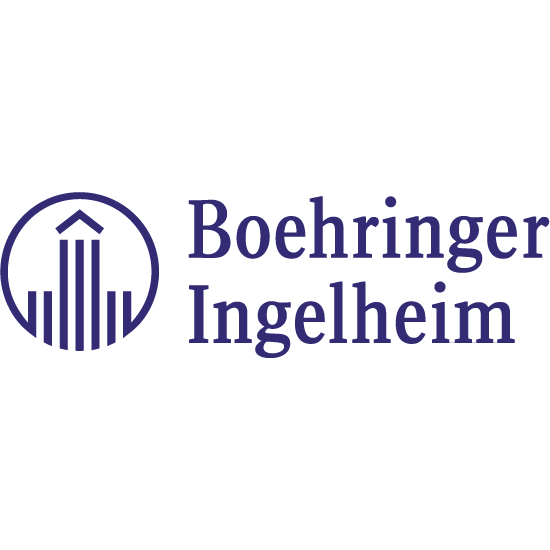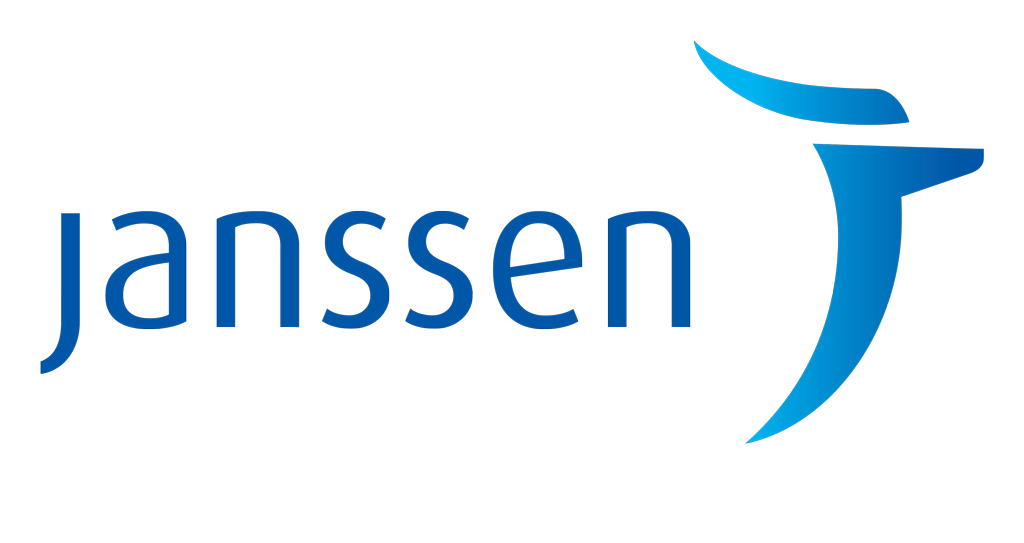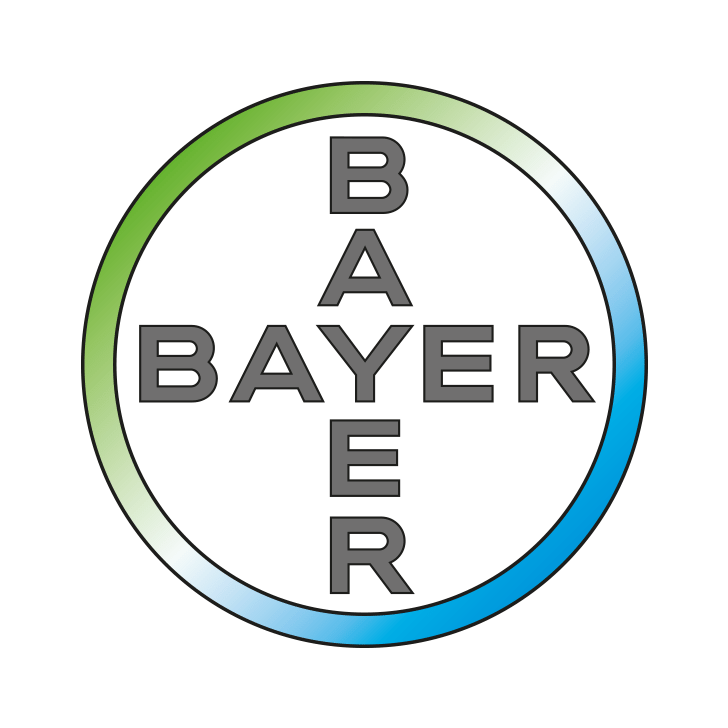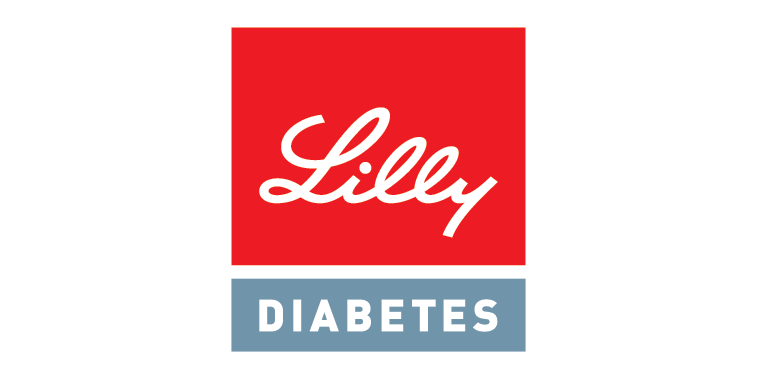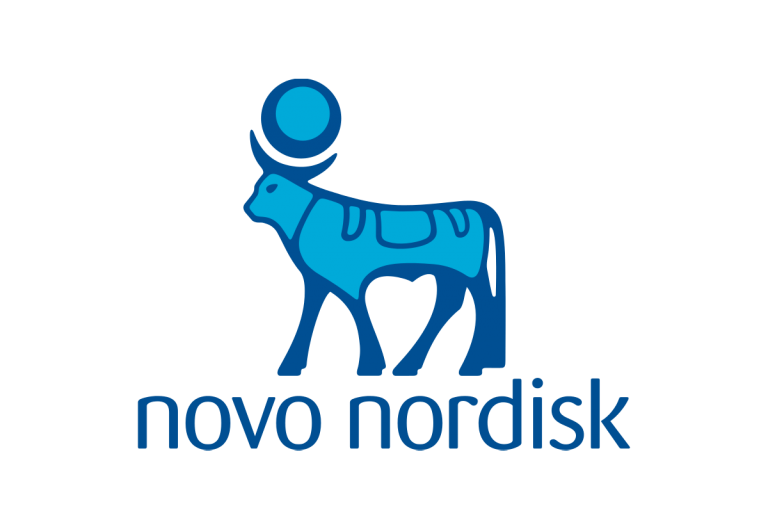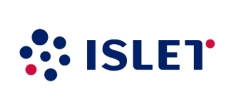
Islet
Europe each year is estimated to be around 31,000. Type 1 diabetes is an auto-immune condition in which the body’s immune system attacks the insulin-producing beta cells of the pancreas, as a result of which the body produces little or no insulin. People living with T1Drequire daily insulin injections, without which they would die.
The ISLET project could lead to improvements to the lives of people living with Type 1diabetes through the use of a new advanced cell therapy.
Advancing Innovative Stem Cell-based Therapy for Diabetes in Europe” (ISLET) is a five-year, EU Horizon 2020-fundedproject of which IDF Europe is now part. The project aims to build and implement a new and innovative programme for producing and marketing human pluripotent stem cell (hPSC)-derived advanced therapy medicinal products (ATMPs) for the treatment of people with T1D.
It is envisaged that by the end of the project there will be:
- A regulatory approved manufacturing process for the production of hPSC-derived beta cells ready for use in phase 1human trials (First-generation ATMP)
- A new method for scaling up the engineering of a hPSC-derived product with increased therapeutic capacity. This product will be more alike the golden standard – the human islet – and composed of purified alpha and beta cells(Second Generation ATMP)
- An innovative process for predicting the therapeutic capacity of ATMPs, benefiting the whole field looking to bringing hPSC-derived ATMPs to the clinic.
This project is coordinated by the University of Copenhagen (UCPH), Denmark, the ISLET consortium also comprises seven other partners including in Belgium, the International Diabetes Federation Europe; in France, Institut National de la Santé et de la Recherche Médicale (INSERM); in Germany, Helmholtz Zentrum Muenchen Deutsches Forschungszentrum für Gesundheit und Umwelt Gmbh (HMGU), Klinikum Rechts der Isar Der technischen Universitat Munchen (TUM-MED) and Lipotype; and in the Netherlands, Academisch Ziekenhuis Leiden (LUMC).
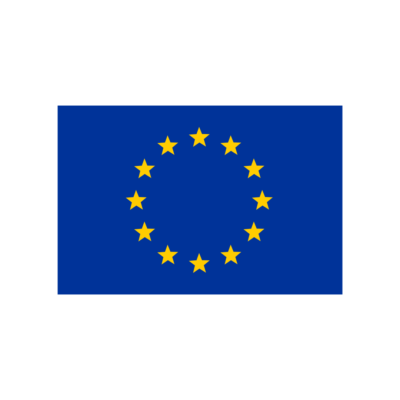
This project has received funding from the European Union’s Horizon 2020 research and innovation programme under grant agreement No 874839 ISLET.

